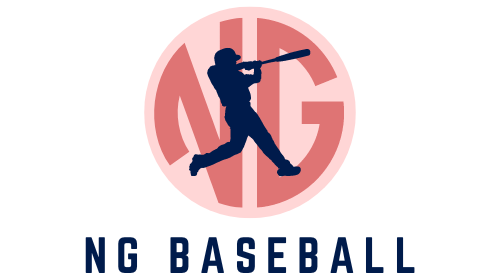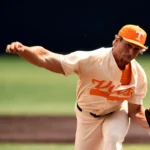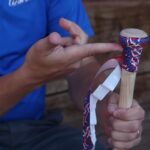Baseball, America’s favorite pastime, is a sport that relies heavily on a player’s ability to move quickly and efficiently on the field. One of the essential pieces of equipment that can make or break a player’s performance is their choice of cleats.
The two primary options are metal and molded baseball cleats, and each has its advantages and disadvantages. This comprehensive, engaging article will provide you with all the information you need to make an informed decision on the perfect pair of cleats for your baseball endeavors.
The Basics You Need to Know
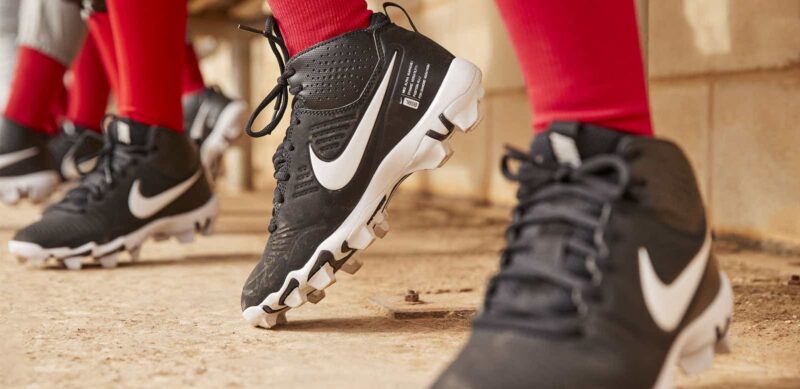
Before diving into the differences between metal and molded cleats, it’s essential to understand the basics. Baseball cleats are specially designed shoes with spikes or studs on the bottom to provide better traction on the field. This enhanced grip allows players to accelerate, decelerate, and change direction quickly and efficiently, which is crucial in a sport that demands agility and speed.
Cleats can be found in various materials, including metal, molded rubber, and molded plastic. Metal cleats have thin, sharp spikes made from steel or other metals, while molded cleats have thicker, more rounded studs made from rubber or plastic materials. Each type of cleat offers unique advantages and disadvantages, which we will explore in detail below.
Metal Cleats: Pros and Cons
Pros
- Superior Traction: Metal cleats provide the best traction on the field, especially on natural grass and dirt surfaces. The sharp, thin spikes penetrate the ground more effectively than their molded counterparts, giving players the ability to change direction and accelerate with ease.
- Enhanced Stability: Due to their superior traction, metal cleats also provide increased stability. This can be beneficial for players who need to maintain their balance when making quick turns, pivoting, or sliding.
- Durable: Metal cleats are known for their durability, often outlasting molded cleats. The metal spikes are less likely to wear down or break, making them a long-lasting investment.
Cons
- Not Suitable for All Surfaces: Metal cleats are not recommended for use on artificial turf, as they can cause damage to the surface and increase the risk of injury.
- Increased Injury Risk: The sharp spikes on metal cleats can pose a risk to both the player wearing them and other players on the field. Sliding into a base with metal cleats can result in painful injuries, and collisions between players can be more severe.
- Limited Versatility: Metal cleats are specifically designed for baseball and may not be suitable for other sports, limiting their versatility.
Molded Cleats: Pros and Cons
Pros
- Versatility: Molded cleats are more versatile than metal cleats and can be used on various surfaces, including natural grass, dirt, and artificial turf. This makes them a popular choice for players who participate in multiple sports or play on different types of fields.
- Safety: Molded cleats are generally considered safer than metal cleats. The rounded studs are less likely to cause injury during collisions or slides, making them a popular choice for youth leagues and recreational play.
- Comfort: Many players find molded cleats to be more comfortable than metal cleats. The rubber or plastic studs can provide more cushioning, and the overall design of the shoe can be more flexible, making them easier to break in.
Cons
- Less Traction: Molded cleats do not provide the same level of traction as metal cleats, especially on natural grass and dirt surfaces. This can result in reduced agility and stability on the field.
- Durability: Molded cleats tend to wear down more quickly than metal cleats. The rubber or plastic studs can wear down or break, requiring more frequent replacement.
Factors to Consider When Choosing Between Metal and Molded Cleats
When deciding between metal and molded baseball cleats, several factors should be taken into consideration:
1. Playing Surface
The type of surface you play on can significantly impact your choice of cleats. Metal cleats are better suited for natural grass and dirt surfaces, while molded cleats are more versatile and can be used on various surfaces, including artificial turf.
2. Position
Your position on the field can also influence your choice of cleats. Infielders and pitchers often prefer the enhanced traction and stability provided by metal cleats, while outfielders may find molded cleats more comfortable and better suited for the various surfaces they encounter.
3. Level of Play
If you’re participating in a youth league or recreational play, molded cleats are generally considered safer and more appropriate. However, if you’re playing at a more competitive level, metal cleats may provide the performance advantage you need.
4. Comfort and Personal Preference
Ultimately, your comfort and personal preference should play a significant role in your decision. Try on various styles and types of cleats to find the best fit and feel for your unique needs.
Expert Recommendations and Popular Brands
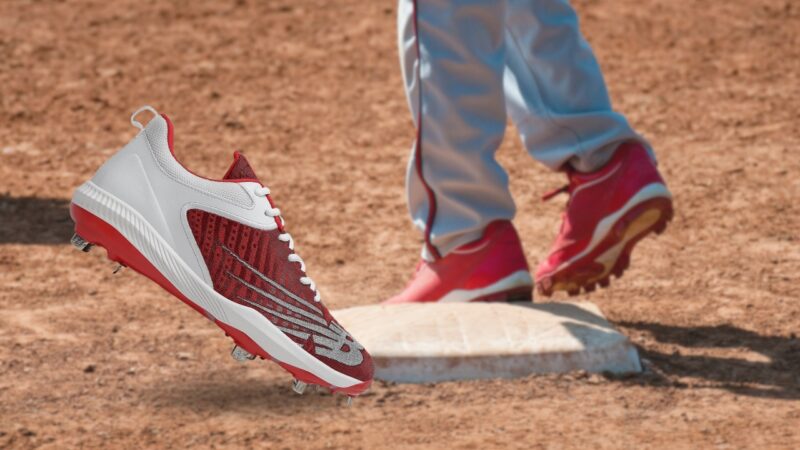
Several reputable brands manufacture high-quality baseball cleats in both metal and molded varieties. Some popular options include:
- Nike: Known for its cutting-edge technology and innovative designs, Nike offers a wide range of baseball cleats for all levels of play.
- Under Armour: A leading brand in athletic wear, Under Armour provides durable and comfortable baseball cleats in both metal and molded options.
- New Balance: New Balance is well-regarded for its commitment to quality and comfort, offering baseball cleats with excellent support and performance.
- Mizuno: With a strong focus on baseball equipment, Mizuno offers a variety of cleats designed specifically for the sport, including both metal and molded options.
When selecting a pair of cleats, it’s essential to consult with coaches, teammates, or sales associates to determine the best option for your needs. Keep in mind that each brand may fit slightly differently, so trying on multiple brands and styles is crucial to finding the perfect pair.
Final Words
The choice between metal and molded baseball cleats ultimately depends on a variety of factors, including playing surface, position, level of play, and personal preference. Metal cleats offer superior traction and stability, making them an excellent choice for competitive play on natural grass and dirt surfaces.
On the other hand, molded cleats provide more versatility, safety, and comfort, making them a popular choice for youth leagues and players who frequently play on artificial turf.
By considering these factors and consulting with experts, you can make an informed decision on the perfect pair of baseball cleats to enhance your performance on the field. Whether you choose metal or molded cleats, investing in a high-quality pair from a reputable brand will ensure that you have the support, traction, and comfort you need to excel in America’s favorite pastime.
